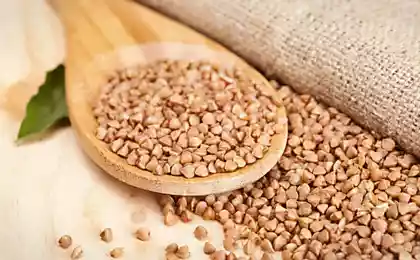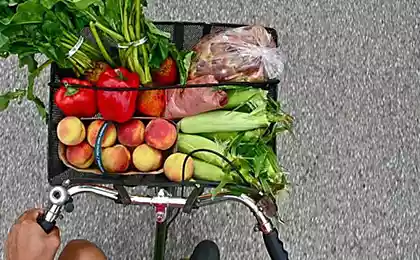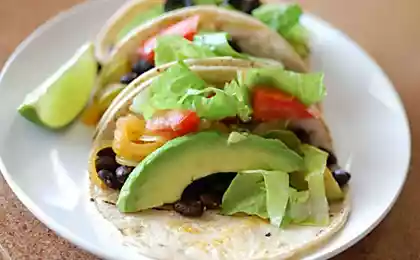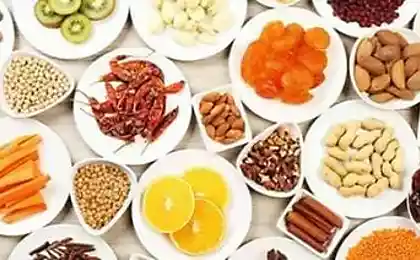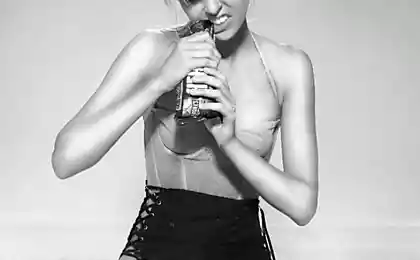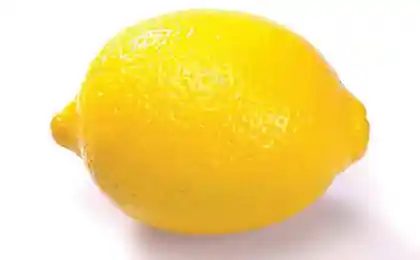148
What you need to eat to tan
The beauty and health of our skin are supported from the inside by the substances we get from food. If you wisely approach the contents of the plate, you can not only have a tasty snack, but also enrich the skin with those substances that contribute to smooth tanning and make it more resistant to photoaging. For this you will need:
Beta-carotene This antioxidant, which stains fruits and vegetables and fruits in bright colors, will help the skin resist harmful UV radiation.Sources: spinach, carrots, broccoli, beets, Bulgarian pepper, mango. Vitamin C This vitamin activates collagen production and improves microcirculation.Sources: citrus, blackcurrant, kiwi, red berries. Vitamin E fights inflammation and free radicals, helps the skin to remain elastic and maintain a youthful appearance.Sources: nuts (cedar, forest, almonds) and avocados. Plant polyphenols produce these substances for their own protection against free radicals and solar radiation. We need them for the same reason.Sources: apples, grapes and grape seeds, green tea. Omega-3 fatty acids These substances have an anti-inflammatory effect and strengthen the walls of cells.Source: rapeseed oil, salad, fatty fish. Dehydration of the skin makes it defenseless before ultraviolet light, so do not forget to drink at least one and a half liters of clean water per day.
Raw or ready?High temperature improves the absorption of beta-carotene, but destroys vitamin C. Therefore, it is best to alternate raw and prepared gifts of nature. For example, for breakfast, smoothies from kiwi, apple and spinach are perfect, for lunch, eat stewed vegetables or salad from raw fruits and vegetables, for an afternoon eat nuts and dried fruits, and for dinner - vegetable soup or salad with a main dish.When to go on a tanning diet?Ideally, such a diet should be observed constantly. But if this is not possible, start a diet for a perfect tan at least a month before the holiday, so the body can stock up on the necessary nutrients.
Source: estet-portal.com
Beta-carotene This antioxidant, which stains fruits and vegetables and fruits in bright colors, will help the skin resist harmful UV radiation.Sources: spinach, carrots, broccoli, beets, Bulgarian pepper, mango. Vitamin C This vitamin activates collagen production and improves microcirculation.Sources: citrus, blackcurrant, kiwi, red berries. Vitamin E fights inflammation and free radicals, helps the skin to remain elastic and maintain a youthful appearance.Sources: nuts (cedar, forest, almonds) and avocados. Plant polyphenols produce these substances for their own protection against free radicals and solar radiation. We need them for the same reason.Sources: apples, grapes and grape seeds, green tea. Omega-3 fatty acids These substances have an anti-inflammatory effect and strengthen the walls of cells.Source: rapeseed oil, salad, fatty fish. Dehydration of the skin makes it defenseless before ultraviolet light, so do not forget to drink at least one and a half liters of clean water per day.
Raw or ready?High temperature improves the absorption of beta-carotene, but destroys vitamin C. Therefore, it is best to alternate raw and prepared gifts of nature. For example, for breakfast, smoothies from kiwi, apple and spinach are perfect, for lunch, eat stewed vegetables or salad from raw fruits and vegetables, for an afternoon eat nuts and dried fruits, and for dinner - vegetable soup or salad with a main dish.When to go on a tanning diet?Ideally, such a diet should be observed constantly. But if this is not possible, start a diet for a perfect tan at least a month before the holiday, so the body can stock up on the necessary nutrients.
Source: estet-portal.com
11 secrets of a good crop of cucumbers
Folic acid contributes to the prevention of Alzheimer's disease
